Bioinformatics and experimentation
See also: The blog of Russ Altman
Labels: bioinformatics, blog, experience, science
Labels: bioinformatics, blog, experience, science
 This article and graph from 2000 showing the proportion of women in academic positions is nearly unchanged when updated to figures of today.
This article and graph from 2000 showing the proportion of women in academic positions is nearly unchanged when updated to figures of today.Labels: philosophy, Quality, science, Zen and the art of motorcycle maintenance
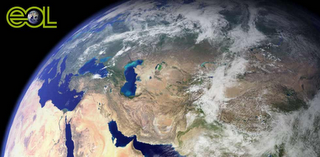
Labels: Earth, Encyclopedia of Life, science, species

Labels: BMC, open access, research, science
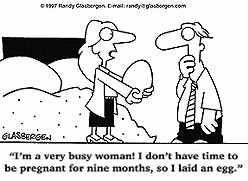 On March 6th there is a congress at Radboud University about women in science. Please see the website for more information: http://www.ru.nl/viw/congres
On March 6th there is a congress at Radboud University about women in science. Please see the website for more information: http://www.ru.nl/viw/congresLabels: congress, Radboud, science, university, women
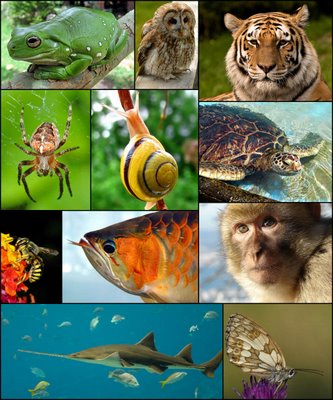 The Wikimedia Foundation has launched yet another free and public access web encyclopedia: WikiSpecies. This directory of species contains pages on all forms of life, and as any wiki system, you can help expand the directory by adding pages and references. Actually, this project was started in August 2004, but I did not notice it until now, maybe because WikiSpecies now encompasses more than 100,000 articles. Go browse and discover how many species you never even heard about!
The Wikimedia Foundation has launched yet another free and public access web encyclopedia: WikiSpecies. This directory of species contains pages on all forms of life, and as any wiki system, you can help expand the directory by adding pages and references. Actually, this project was started in August 2004, but I did not notice it until now, maybe because WikiSpecies now encompasses more than 100,000 articles. Go browse and discover how many species you never even heard about!Labels: motivation, science, work, writing
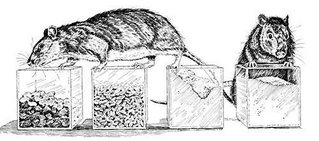
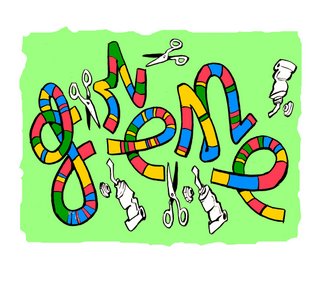 In a paper appearing in the June 2007 special ENCODE issue of Genome Research, Gerstein et al. update the definition of a gene while elaborating on the complexity of gene regulation that has been discovered in recent years. I love this comparison to computer operating systems (OS):
In a paper appearing in the June 2007 special ENCODE issue of Genome Research, Gerstein et al. update the definition of a gene while elaborating on the complexity of gene regulation that has been discovered in recent years. I love this comparison to computer operating systems (OS):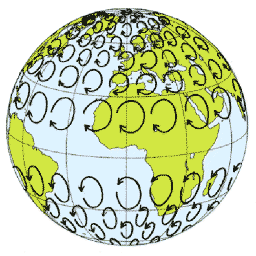
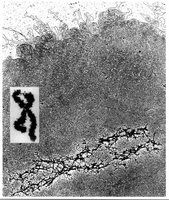 The ENcyclopedia Of DNA Elements (ENCODE) project has published the first assembly of their findings from high-throughput experiments concerning 1% of the human genome. The paper summarises the new knowledge of genome function and organisation that was found throught the experiments. One of the conclusions is that most of what we used to think of as 'junk DNA', actually does have a function in the genome, although it is not by carrying information on protein-coding genes.
The ENcyclopedia Of DNA Elements (ENCODE) project has published the first assembly of their findings from high-throughput experiments concerning 1% of the human genome. The paper summarises the new knowledge of genome function and organisation that was found throught the experiments. One of the conclusions is that most of what we used to think of as 'junk DNA', actually does have a function in the genome, although it is not by carrying information on protein-coding genes.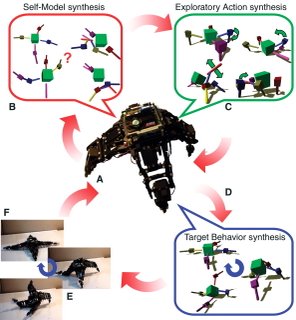
Labels: consciousness, reading, robotics, science
